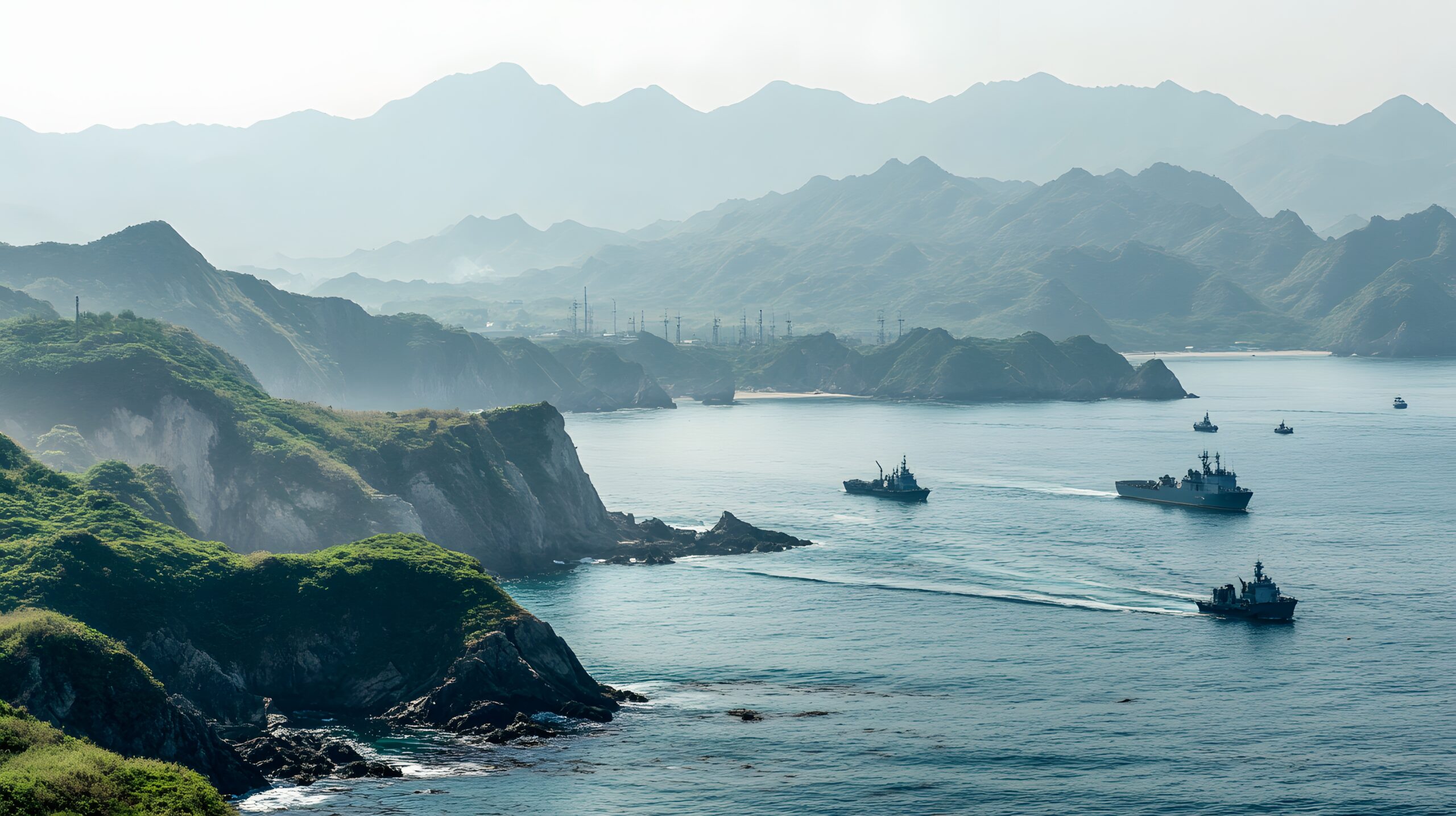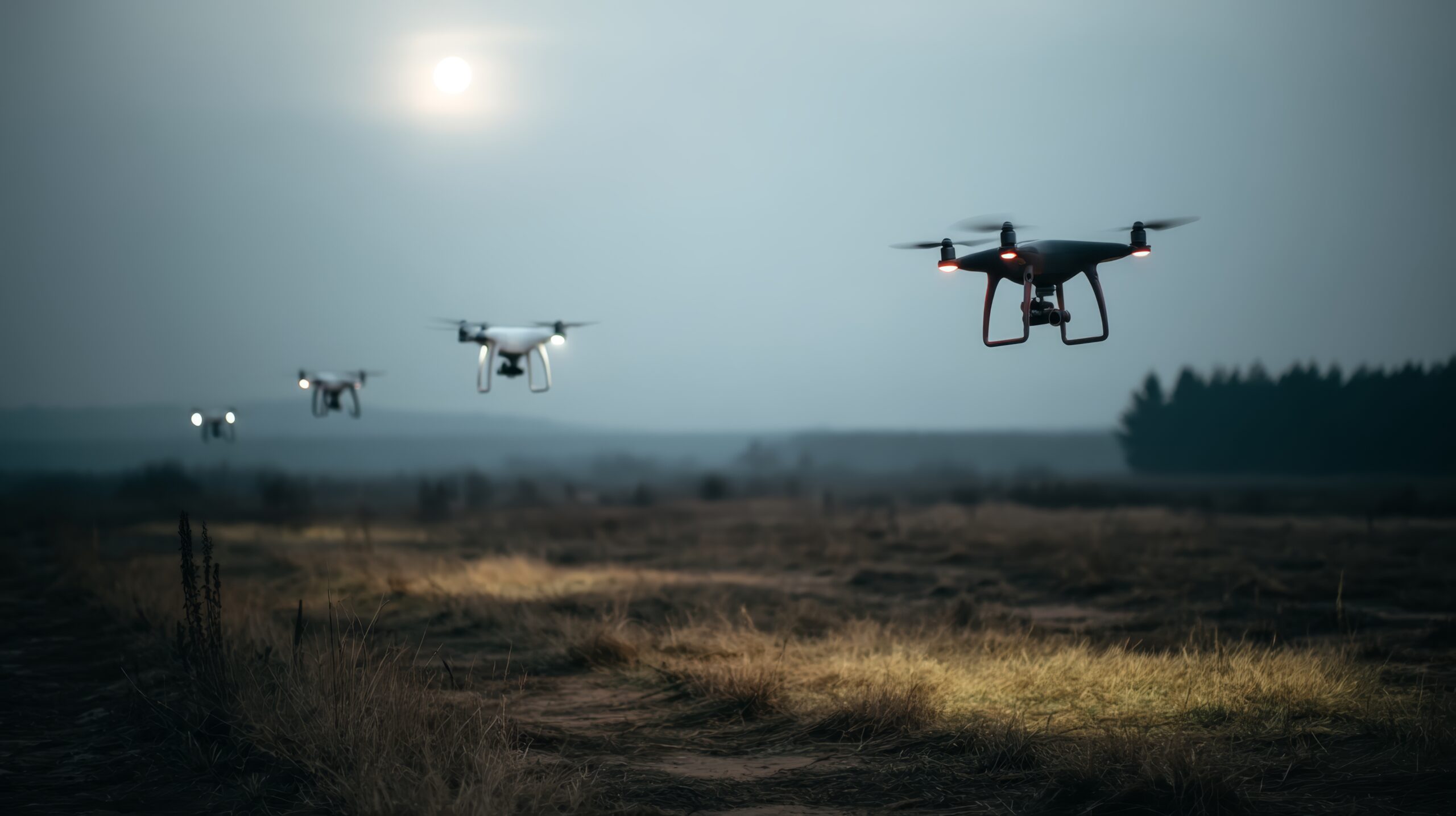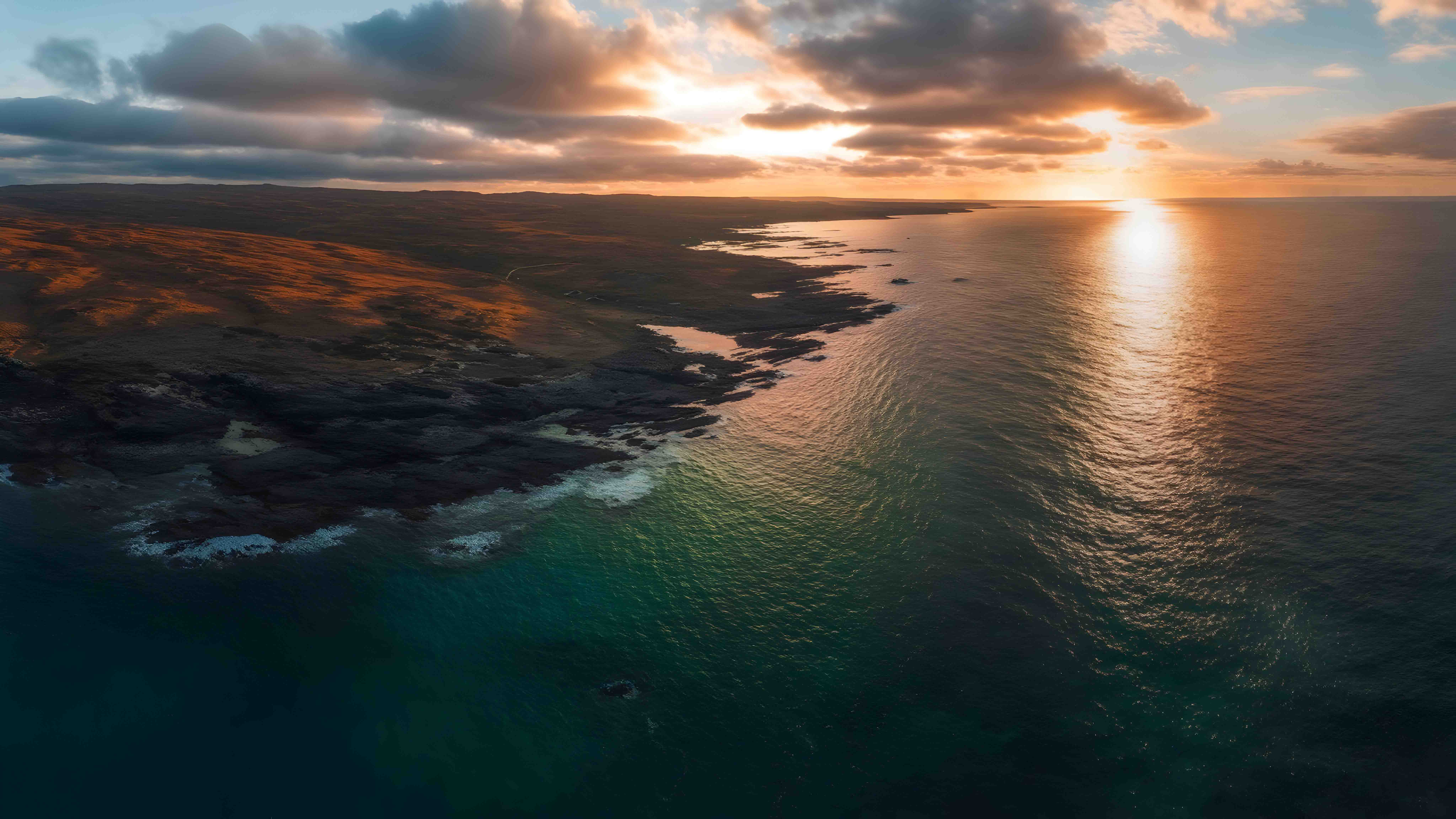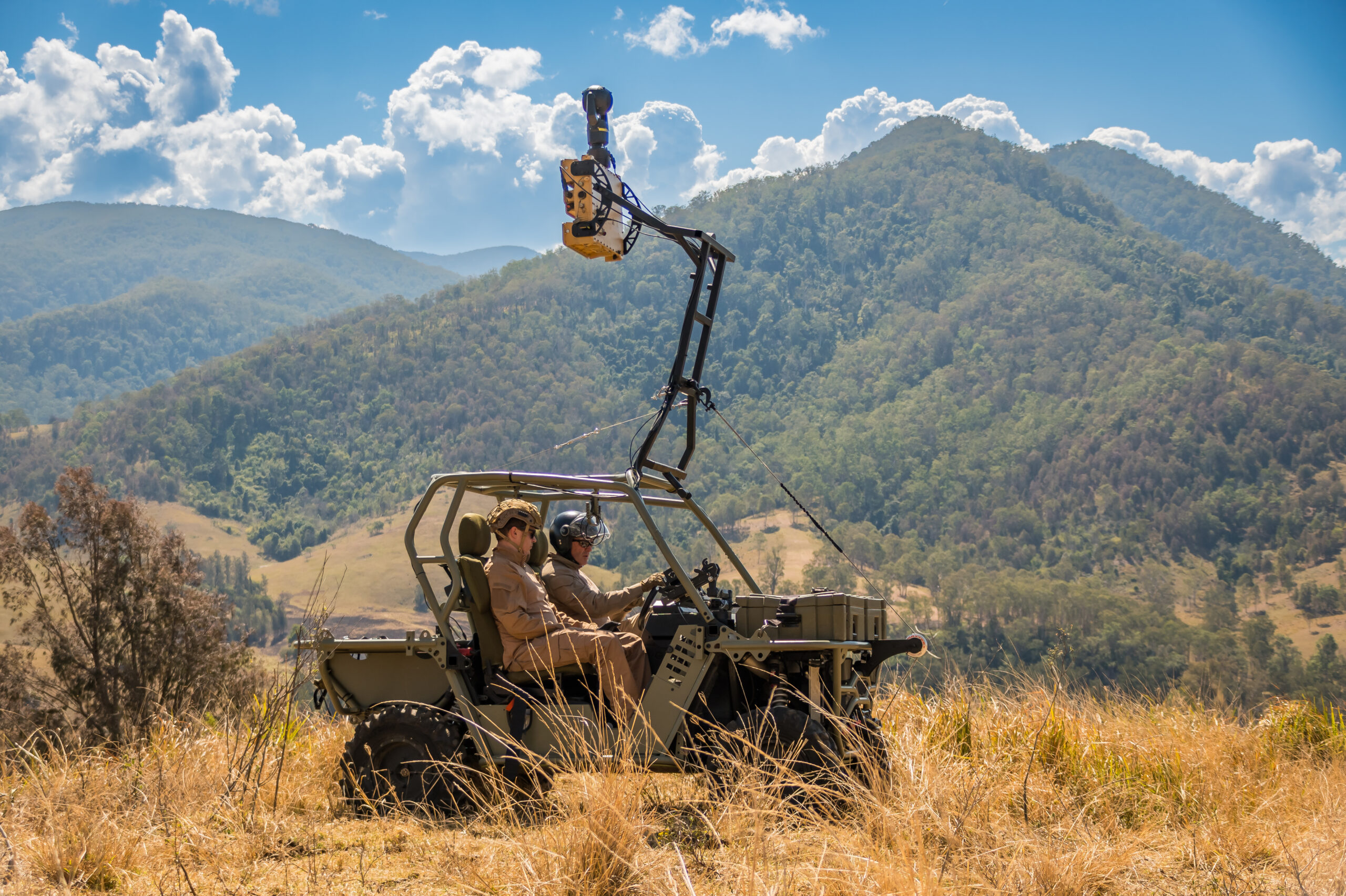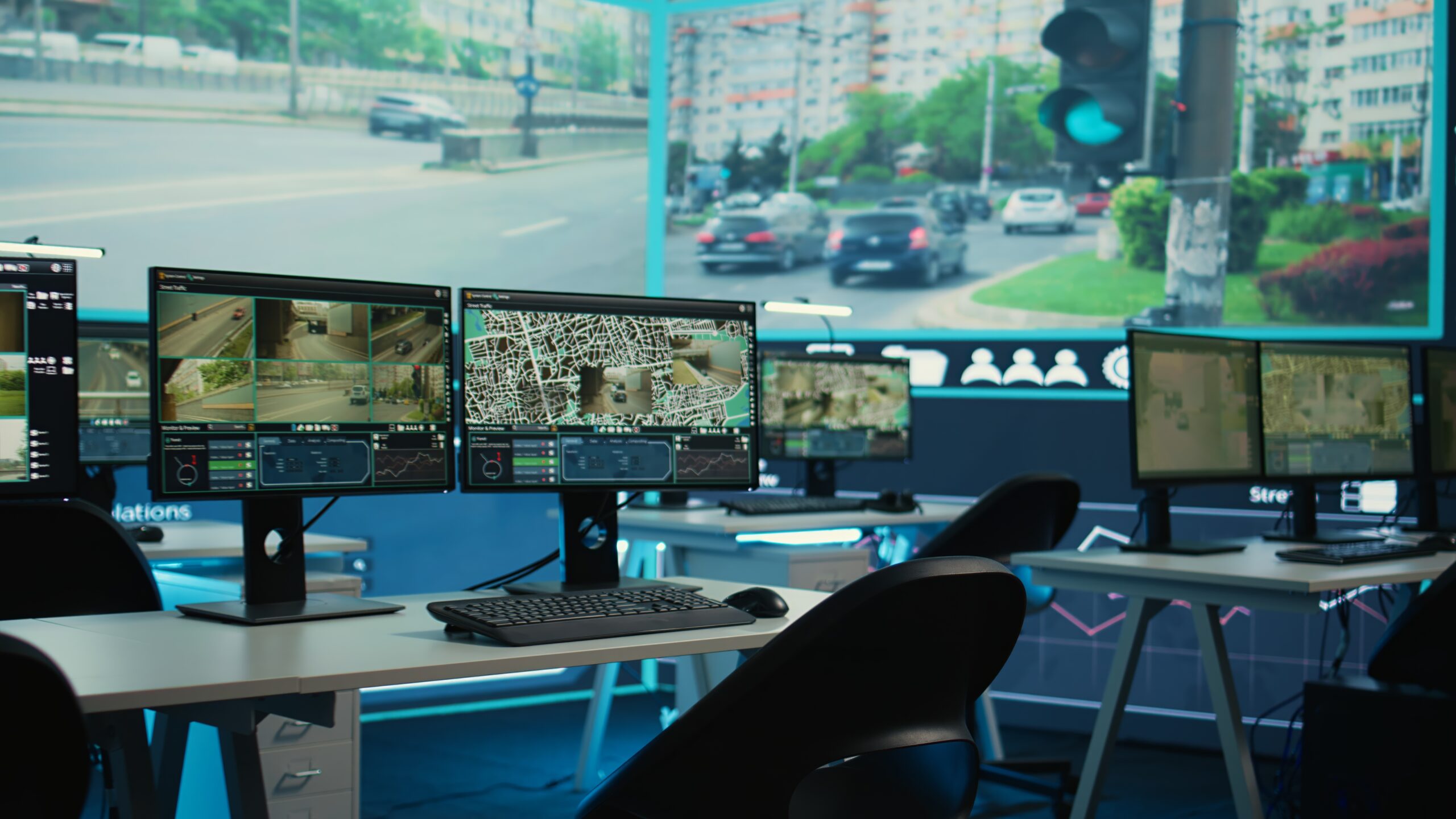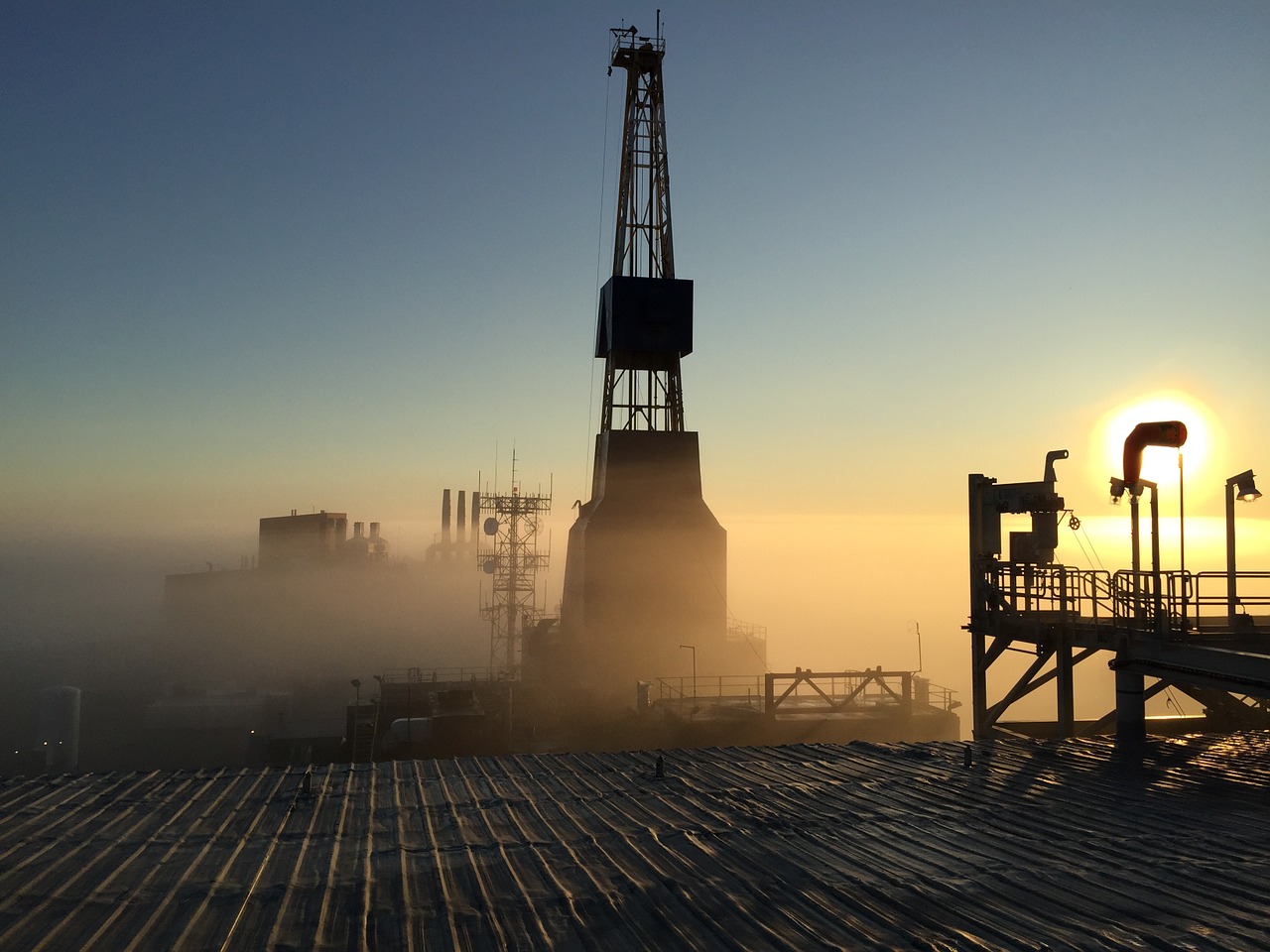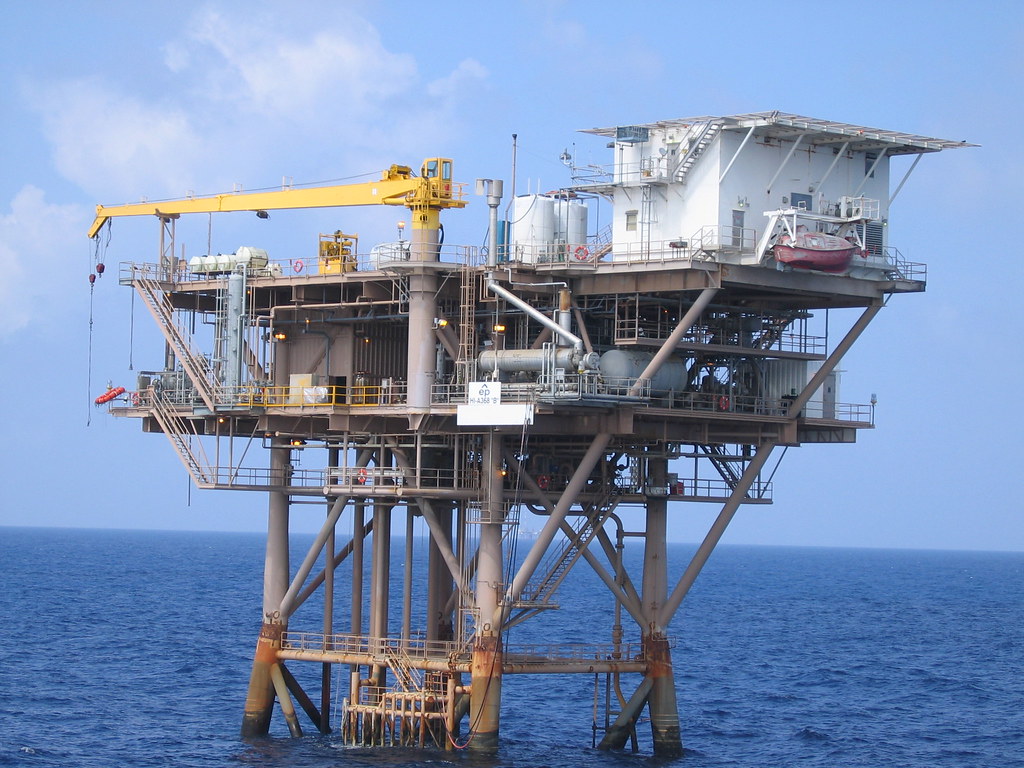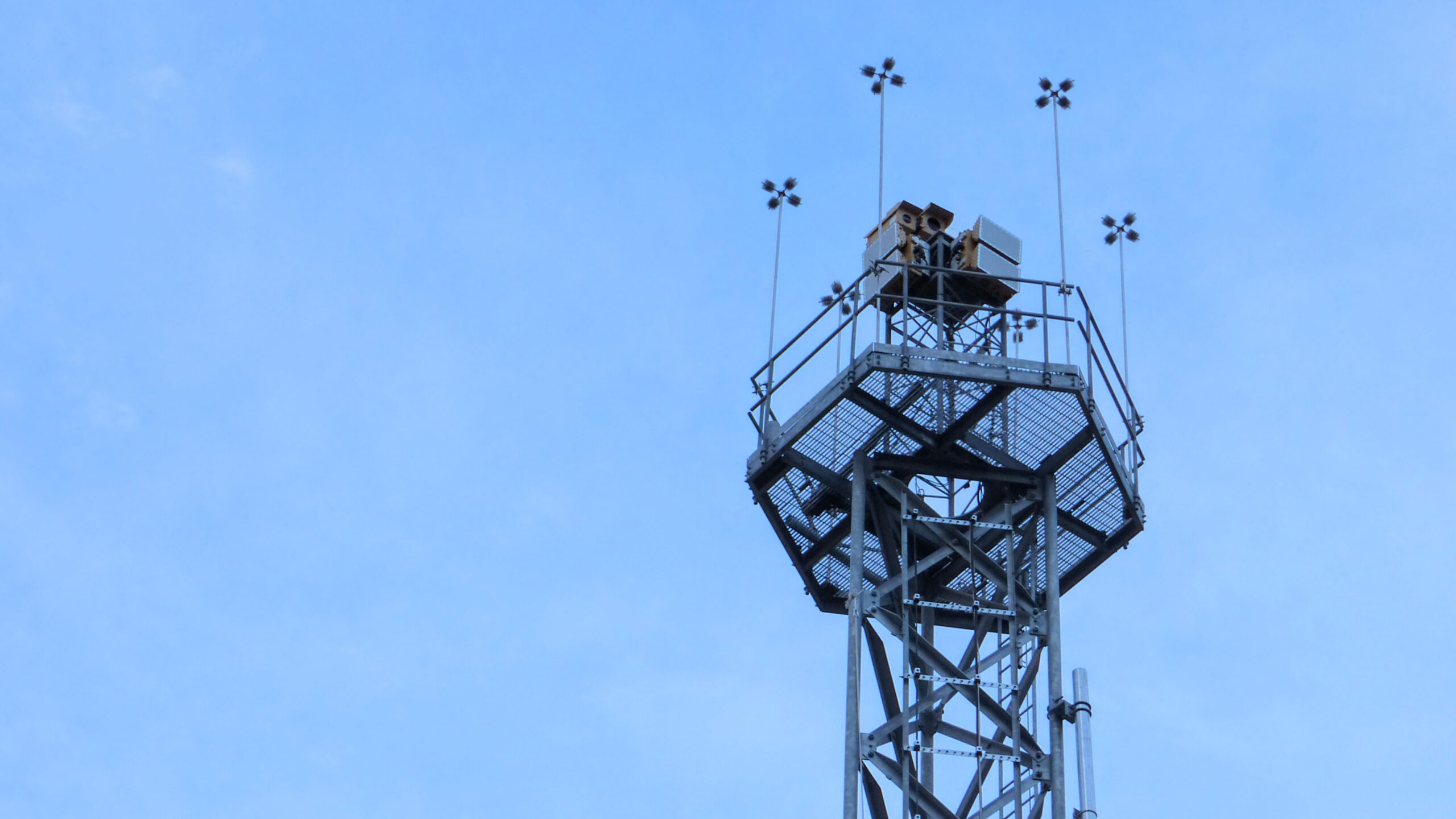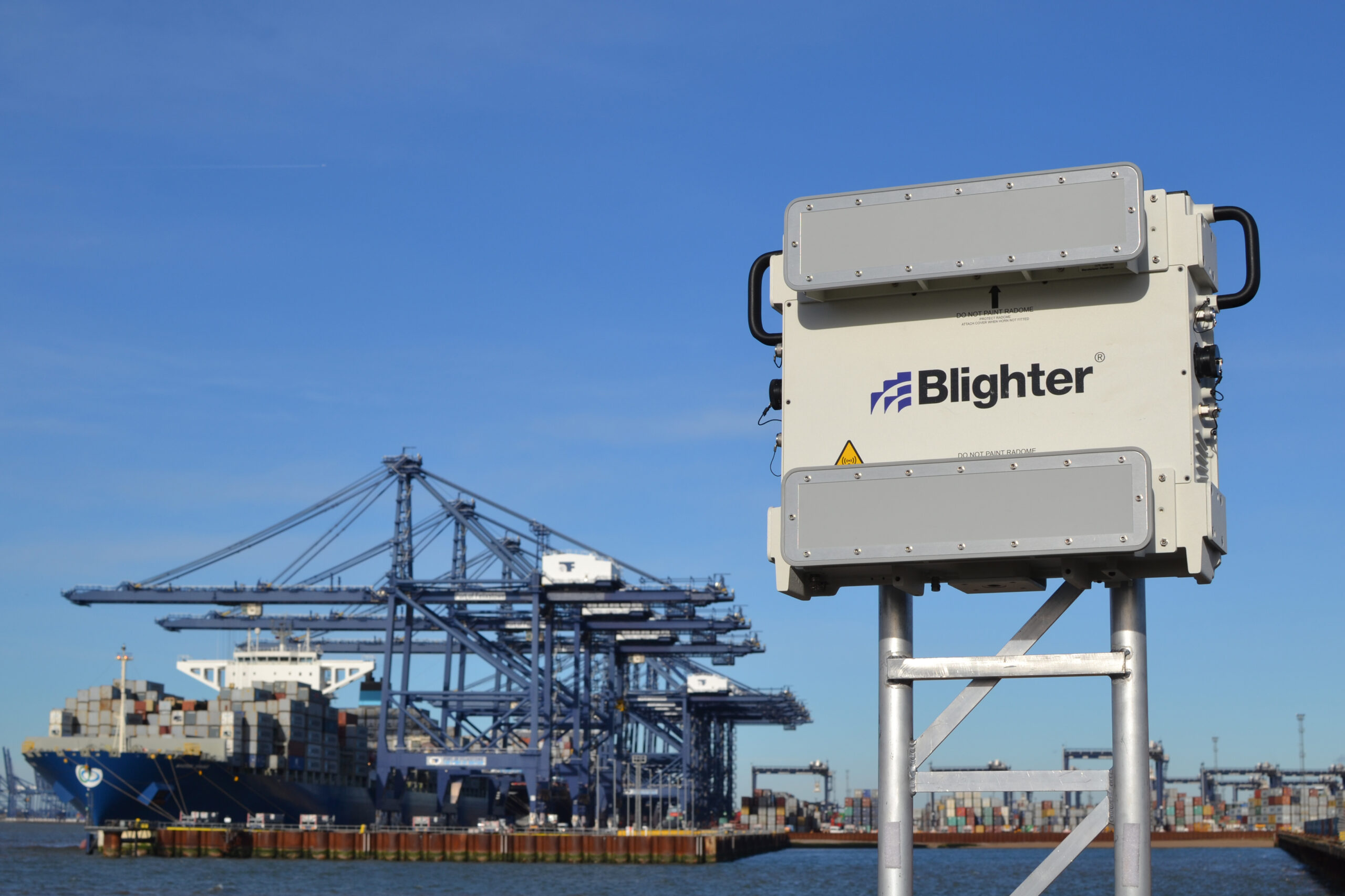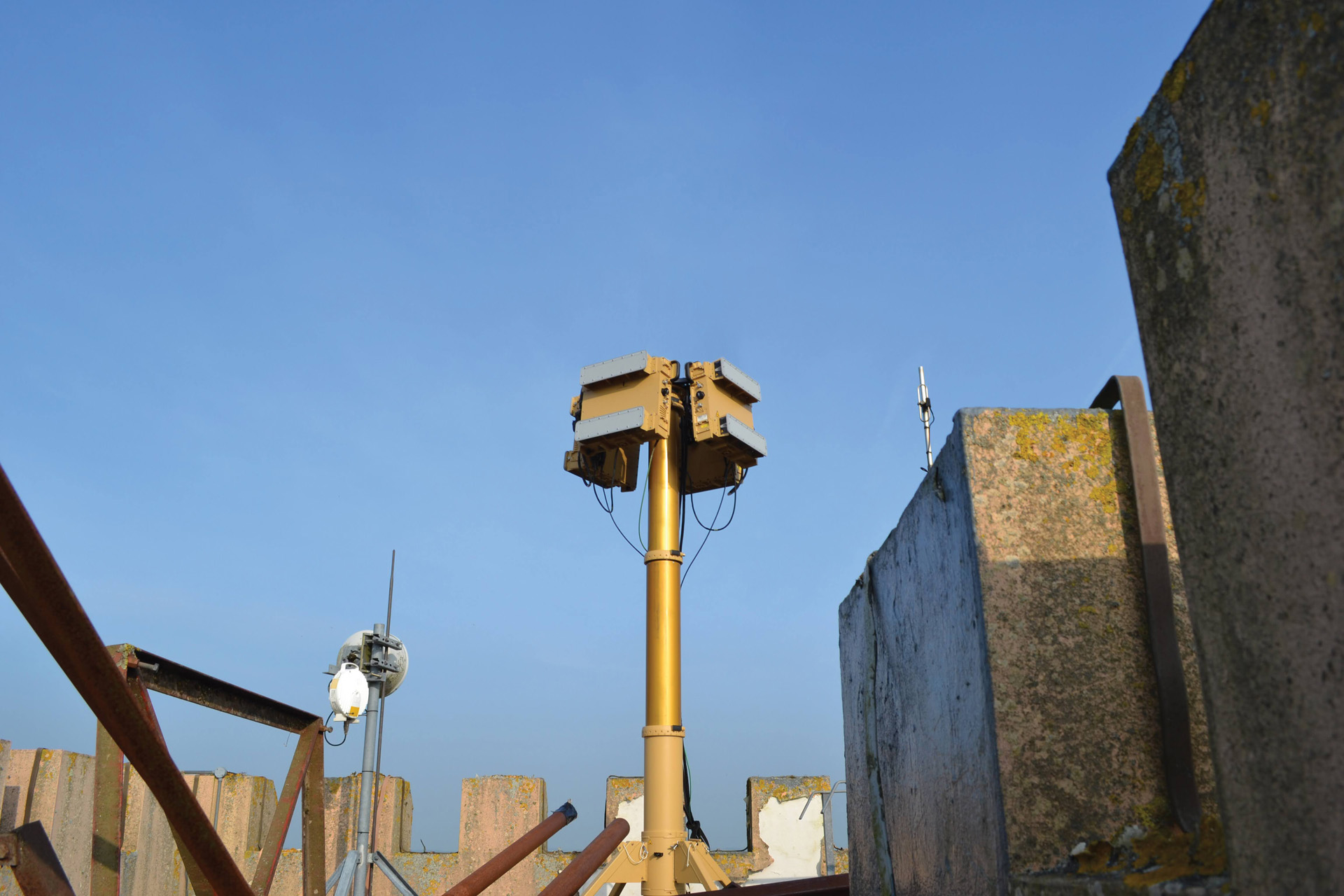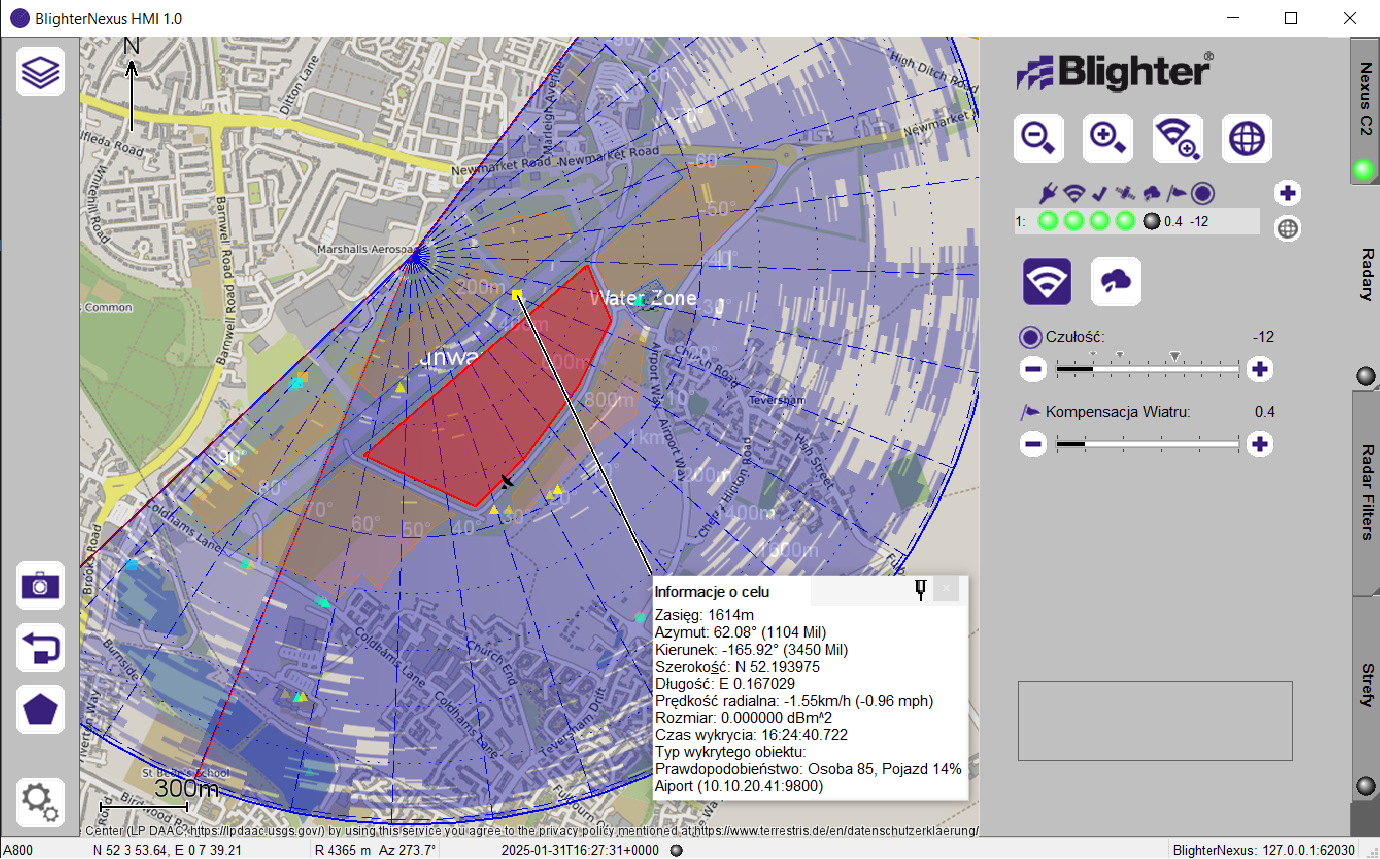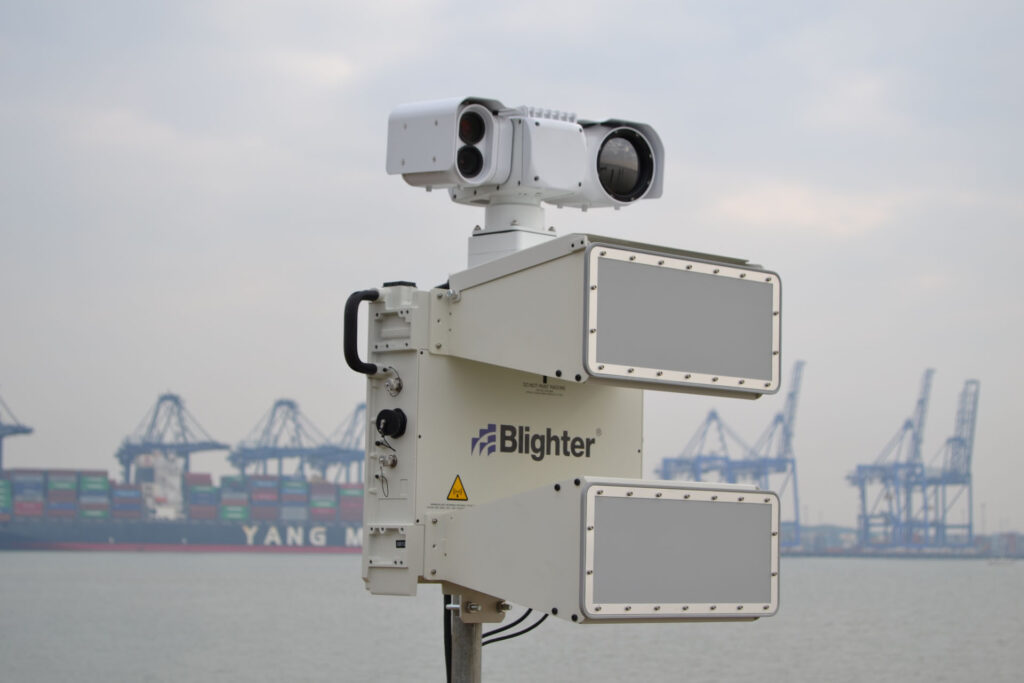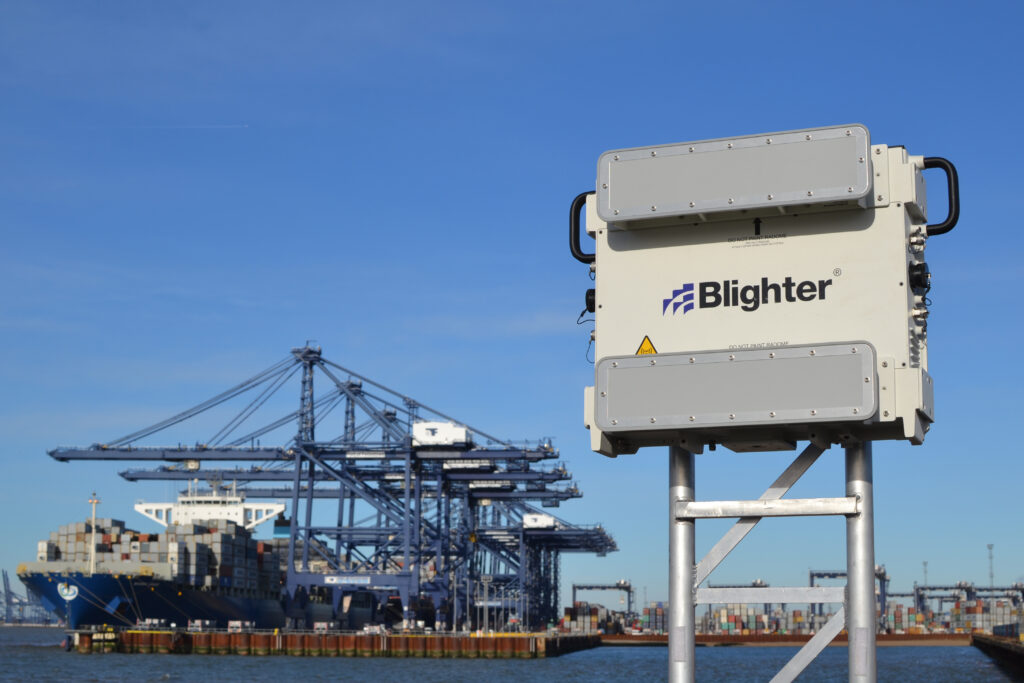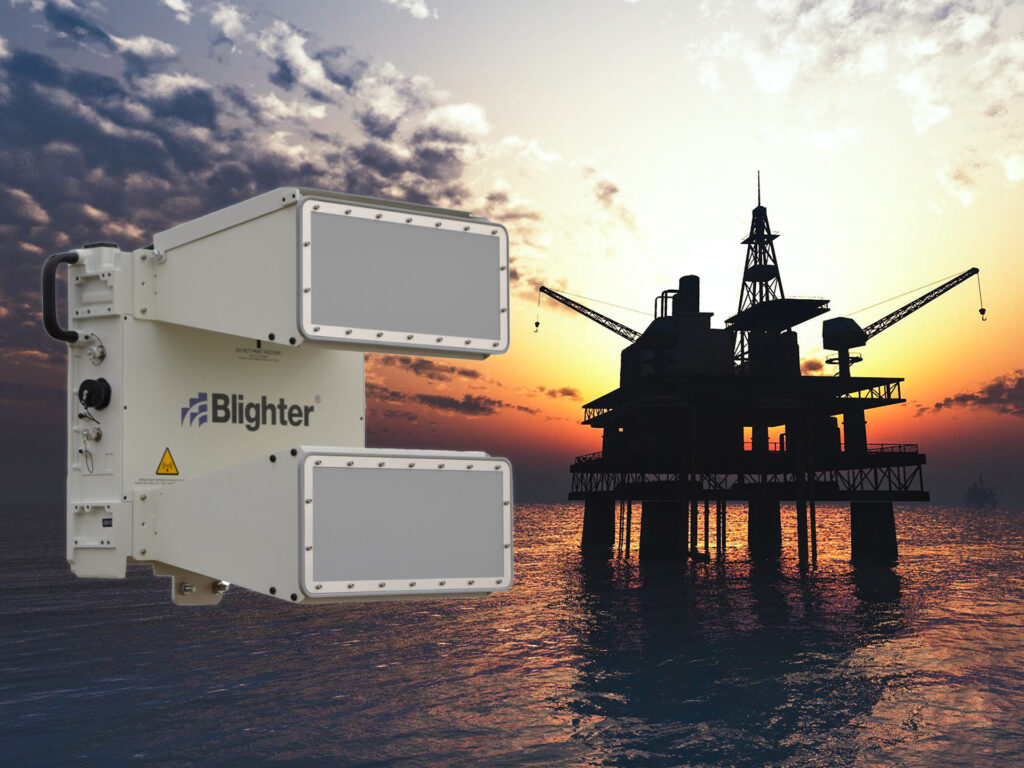The world’s coastlines and offshore platforms are under increasing pressure from piracy, smuggling, territorial incursions, and even environmental threats. Yet traditional coastal surveillance radars often overlook what happens close to the shore, leaving critical gaps in situational awareness where covert threats are most likely to emerge.
As nations and operators seek smarter ways to protect their maritime borders and energy assets, radar technology is evolving to meet these challenges head-on.
At the forefront is Blighter’s FMCW e-scan radar, designed to detect, track, and classify even the smallest threats in the harshest maritime conditions. Unlike conventional systems, Blighter’s radars are engineered specifically to detect ground and near-surface targets close to the coast and around offshore infrastructure, the very threats traditional rotating radars often miss.
Here, our Radar Systems Engineer, Dr. Rakeeb Jaufer, explains how this innovative radar technology is redefining maritime security and why it’s so critical today.
The Problem: Conventional Radars Miss What Matters Most
Most coastal surveillance networks rely on traditional mechanically rotating radars designed for long-range detection of moving vessels. While effective offshore and at ultra-long distances, these systems struggle with close-to-shore, low-RCS, or slow-moving targets, such as small boats, RIBs, and unmanned surface vessels (USVs), operating effectively ‘under the radar’.
This leaves a vulnerability in the nearshore domain, one that has become exploited in recent years, as seen in multiple incidents worldwide involving small craft incursions and smuggling operations.
Blighter’s C400 FMCW e-scan radar was developed specifically to plug this gap, providing a complementary layer beneath traditional coastal radars, with the ability to detect and track difficult to see targets close to the surface, even in highly cluttered maritime environments.
What makes FMCW E-Scan Radar Unique?
Blighter’s FMCW e-scan radars use frequency-modulated continuous waves (FMCW) signals to measure range and velocity precisely and in real time, while electronically steering beams without any mechanically moving parts. They differ from traditional radars by scanning instantly across wide-areas, offering silent, solid-state operation at very low operating power.
The result is a radar that is faster, quieter, and more durable than traditional rotating systems, with the capability to track multiple fast, stealthy targets simultaneously with unwavering precision.
Why is Coastal and Offshore Surveillance So Challenging?
Coastal and offshore environments present significant challenges for radar systems. Sea clutter, wave motion, humidity, and platform movement all create reflections and Doppler noise, making it difficult to detect small, slow covert targets against a constantly shifting background.
Power availability and maintenance access can also be limited, particularly on offshore installations or at remote coastlines. Blighter radars address these challenges directly, and their high MTBF (up to 250,000 hours) is proof of their reliable performance in even the most demanding settings.
Dispelling the Radar Myths
A common misconception is that radar systems can ‘see everything’, regardless of sea conditions. In reality, detection performance depends heavily on advanced signal processing and intelligent clutter suppression.
Blighter’s radar systems apply adaptive algorithms that filter out sea clutter, enhance true target signals, and automatically adjust to environmental changes. This fine tuning enables reliable target tracking even in complex maritime conditions where conventional pulse radars struggle.
Why Coastal and Offshore Security Matters More Than Ever
The maritime domain is a critical intersection of national security, commerce, and energy infrastructure. For offshore platforms, pipelines, shipping lanes and coastal borders, maintaining 24/7 situational awareness has never been more important.
Blighter’s radar systems are helping nations and operators strengthen this maritime layer of security, ensuring the early detection of illegal activities, illicit incursions, and environmental threats before they escalate.
Reliability Built for the Elements
From salt spray, dense fog and rain to extreme temperatures, Blighter radars are engineered for endurance. Solid-state design, automatic calibration, and adaptive algorithms ensure stable performance in all weather and climates.
Built-in self-testing and environmental compensation mechanisms continuously optimise the radar’s operation, maintaining accuracy through rain, dense fog, and rough sea states.
Detecting the Undetectable
In real-world deployments, Blighter radars have detected small kayaks at distances beyond 3km (RCS ~ 1.5m²), and even further when conditions are not obscured by heavy wave clutter. In these scenarios, traditional radars typically fail. This performance is achieved through the high-gain e-scan antennas, FMCW waveforms, and proprietary signal processing algorithms that isolate true targets from background interference.
Seamless Integration with Wider Security Systems
Blighter radars integrate easily with command-and-control (C2) and sensor fusion systems via Ethernet, TCP/IP, and fiber optic protocols, delivering real-time plot data, GPS coordinates, and system health information.
This interoperability enables operators to fuse radar feeds with electro-optical, thermal, and acoustic sensors, forming a unified maritime security network capable of real-time situational awareness. Ideal for rapid decision-making and response coordination.
Deployment Example: Offshore Platform Security
In a recent offshore deployment, Blighter’s radar technology was used to secure an oil and gas platform, providing 360° detection, tracking and classification of small craft approaching from multiple directions. Operating continuously in difficult conditions with high levels of sea clutter, the system successfully distinguished between wave motion and small boat activity, giving operators critical early warning and response times.
The Future of Maritime Threats
As maritime threats evolve, from stealth boats and autonomous vessels, to coordinated swarm attacks, radar technology must keep pace. The future lies in AI-based automation, target classification, 3D beamforming, and networked sensor grids to maintain situational awareness and sensor fusions.
One aspect of Blighter’s radar technology I find most impressive is its precise detection capability, along with its ability to identify small, covert, and low cross-section (RCS) targets that often go unnoticed by other radars. This is achieved through advanced RF architecture and sophisticated signal processing techniques. With non-mechanical beam steering, the system ensures low maintenance and consistently high performance, even in challenging weather conditions, including dense fog.
Working on this technology is truly exciting, as it brings together physics, RF, Signal Processing, software engineering, sensor fusion, data science and defence innovation, to push the boundaries of radar sensing. By further integrating AI and signal intelligence, it paves the way for a new era in radar technology making environments safer, smarter, and more responsive than ever before.
About Dr Rakeeb Jaufer
Dr. Rakeeb Jaufer is the key Radar Systems Engineer at Blighter and an accomplished applied researcher with a PhD from the University of Nantes, France. His academic and professional expertise lies in Radar technology, Signal Processing, and Artificial Intelligence (AI). Prior to joining Blighter, he held postdoctoral research positions at Queen Mary University of London and the University of Sheffield, where he specialised in Synthetic Aperture Radar (SAR), Sonar, and advanced radar signal and image processing. Dr. Jaufer’s skill set spans hardware and software prototyping, algorithm development, and simulation, underpinned by a strong command of AI and data science.

